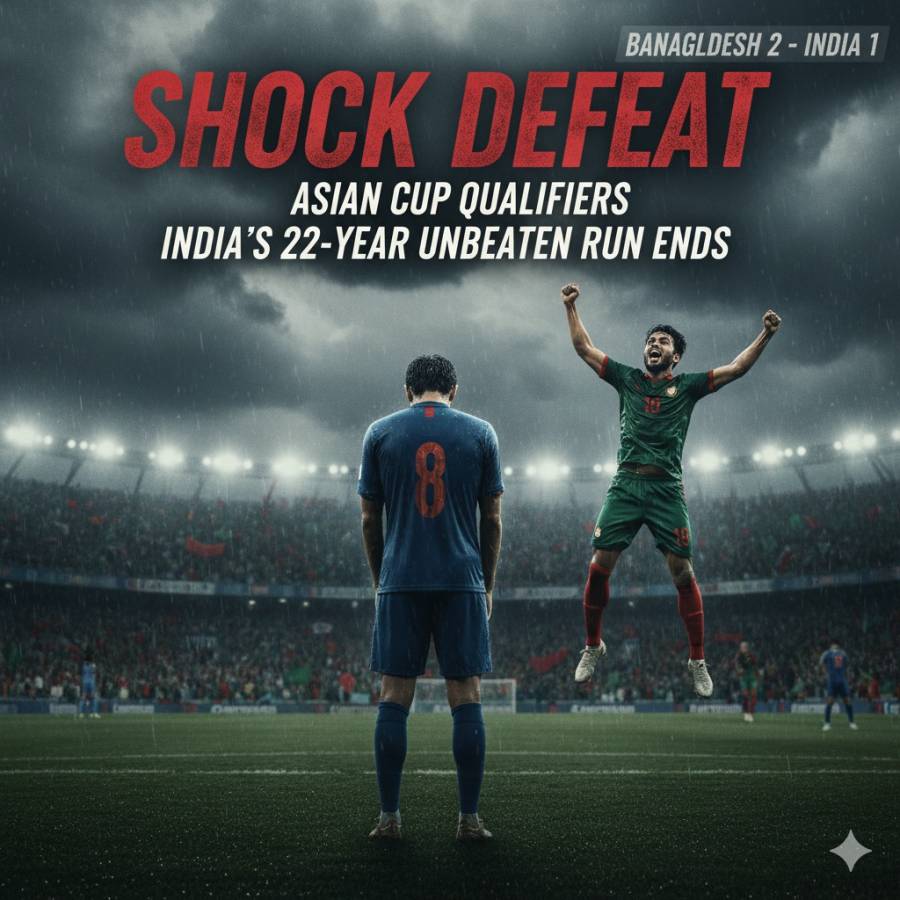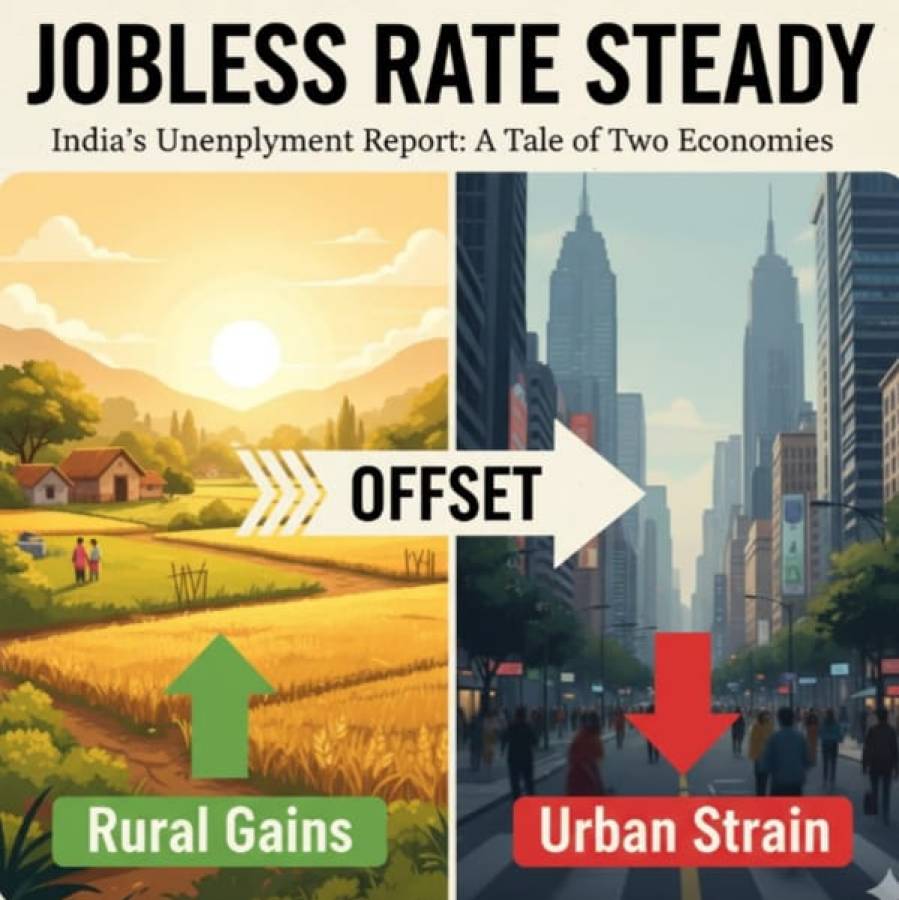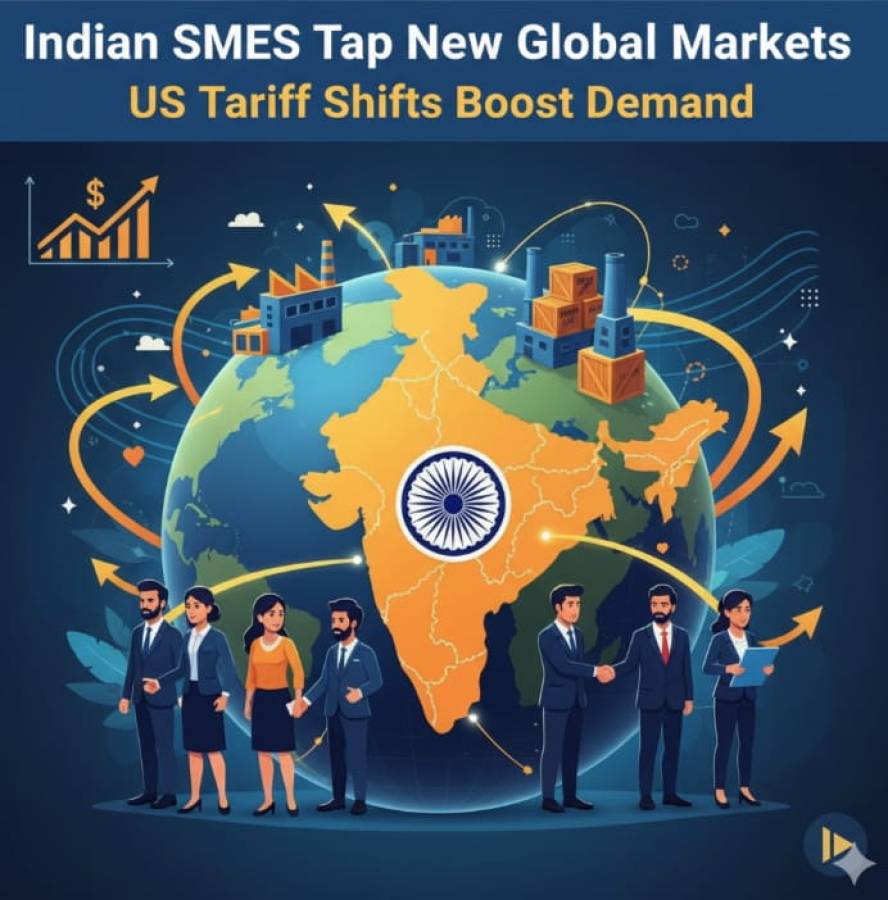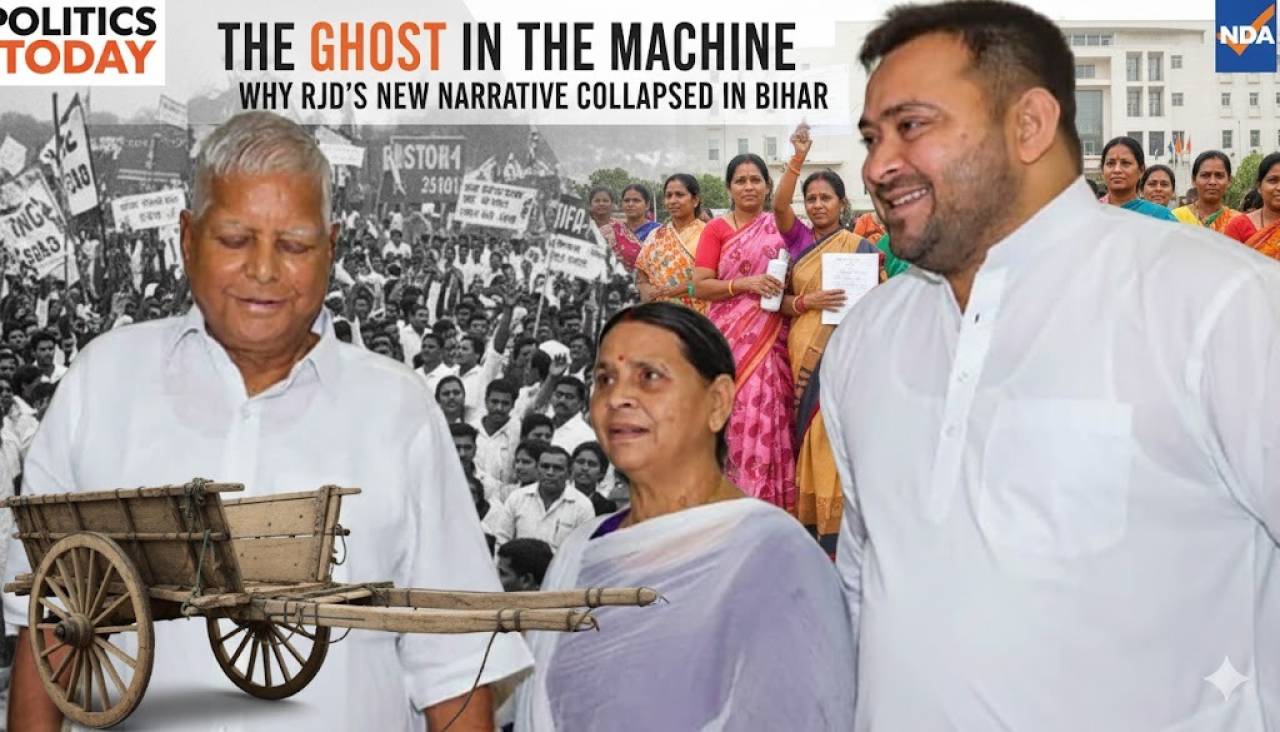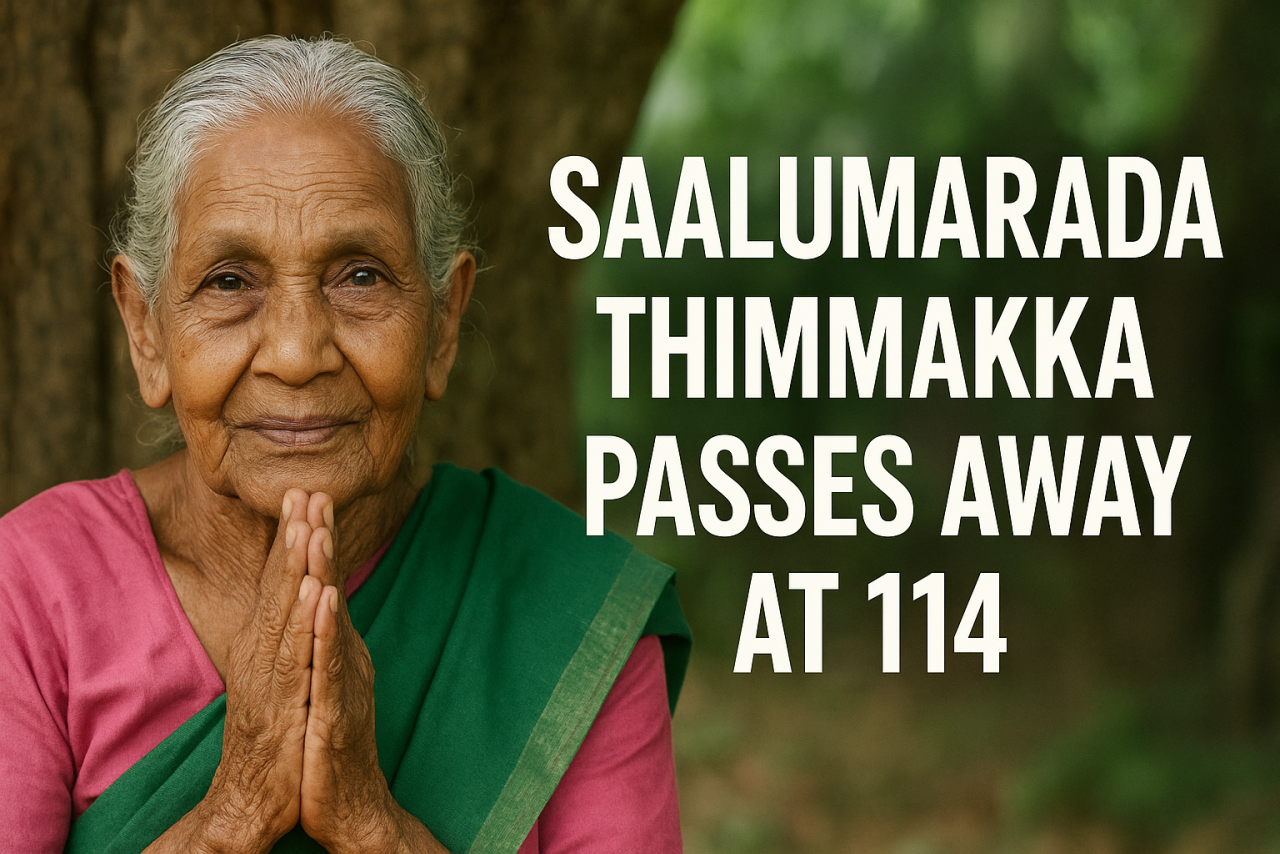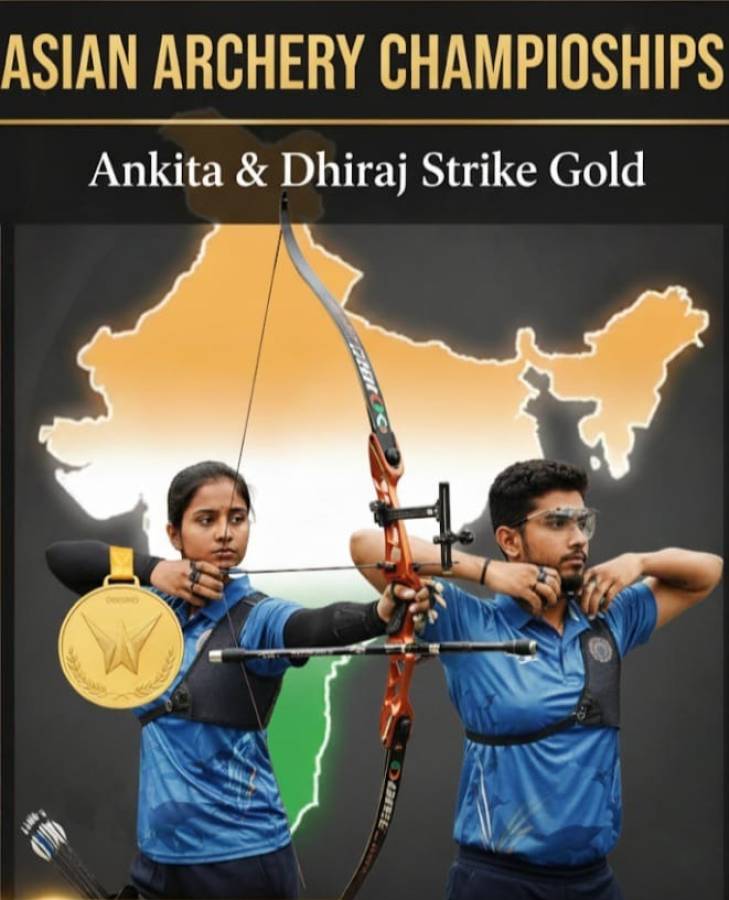
In an age where design travels faster than its origin, the story of Kolhapuri chappals walking the runway in Milan is more than just a fashion anecdote. It is a parable of global inequity. Behind every artisan’s stitch lies not only a legacy but a livelihood. And when global brands lift centuries-old Indian designs without credit, the theft is not of aesthetics. It is of agency.
Recently, Italian luxury label Prada debuted sandals strikingly similar to Maharashtra’s iconic Kolhapuri chappals, handcrafted for generations by local artisans. The incident barely raised eyebrows in international media. Yet beneath its leather sole lies a deeper footprint that presses upon urgent questions of intellectual property, cultural appropriation, and economic justice.
The leather chappals, handcrafted in the Kolhapur region, are no strangers to history. These intricate works of skill, dyed in vegetable colors and etched with fine motifs, are a pride of India’s artisan legacy. In 2019, they were granted a Geographical Indication (GI) tag. In a better world, that would be enough to ensure protection. In the world we inhabit, it has ensured visibility without equity.
Prada is not the first. Nor shall it be the last. Western haute couture has long courted Eastern craftsmanship without meeting the parents—India’s artisans, embroiderers, weavers, and leatherworkers. From Gucci’s kurta copy to Toteme’s Scandinavian scarf that resembled a traditional Indian dupatta, the theft is not of fabric but of identity.
And yet, this moment offers not just a grievance but a possibility.
In response to the growing backlash over its Kolhapuri-inspired designs, Prada has reportedly shown interest in collaborating with Indian artisans. This, if translated into action, may open a rare door. Not just for validation but for participation.
India’s artisanal economy comprises nearly 200 million people across crafts and handloom sectors. It has for decades struggled in the shadow of mass production and declining patronage. According to a 2021 report by the Ministry of Textiles, India’s handloom sector alone contributes 4.5 billion dollars to the economy, yet the average artisan earns less than 300 rupees a day. The Kolhapuri community is no different. Limited by local demand and logistical scale, these artisans have rarely breached the walls of global luxury markets until their designs did, albeit without them.
Herein lies the irony. Indian artistry is celebrated globally, while the artist remains invisible. Cultural appropriation, unlike theft, does not steal and flee. It wears your heritage at a gala and thanks its mood board.
Yet in fashion as in politics, perception is half the war. The silver lining in this episode is not Prada’s inspiration but India’s opportunity to claim credit and contracts. The precedent exists. In 2022, Dior hosted a fashion show that credited and showcased Indian embroiderers. It was not just ethical. It was economically empowering.
But acknowledgment alone will not feed families. The larger battle is to ensure that artisan communities are no longer side notes in their own stories. A GI tag, after all, cannot be ornamental. It must be a key that unlocks access, royalties, partnerships, and above all, dignity.
The government, too, has a role. India’s National IPR Policy and the Geographical Indications of Goods Act 1999 are in place. But enforcement, especially in global commercial contexts, is sluggish. India must advocate globally for a framework where cultural designs are protected not just in spirit but in law—with shared revenues and attributed authorship.
Western fashion houses, if serious about sustainability, must also internalize that sustainability without accountability is greenwashing. The real test of ethical fashion is not in recycled packaging but in fair compensation for the origins it borrows from.
In the 21st century, where soft power defines geopolitical influence, India must recognize its artisans as ambassadors. Their threads, textures, and tales are no less than diplomacy in leather.
Kolhapuris do not need validation from Milan. What they need is a market and a mandate that recognizes the artisan as the origin, not the ornament.
This is not just India’s cultural moment. It is an economic opportunity hiding in plain sight. A moment to demand not just credit but contracts, not just acknowledgment but access. To let the world wear India without erasing the Indian who made it.
Until then, the Kolhapuri will remain a global symbol of style, worn by millions. But unless the artisan is included, it will continue to walk barefoot in its own story.


